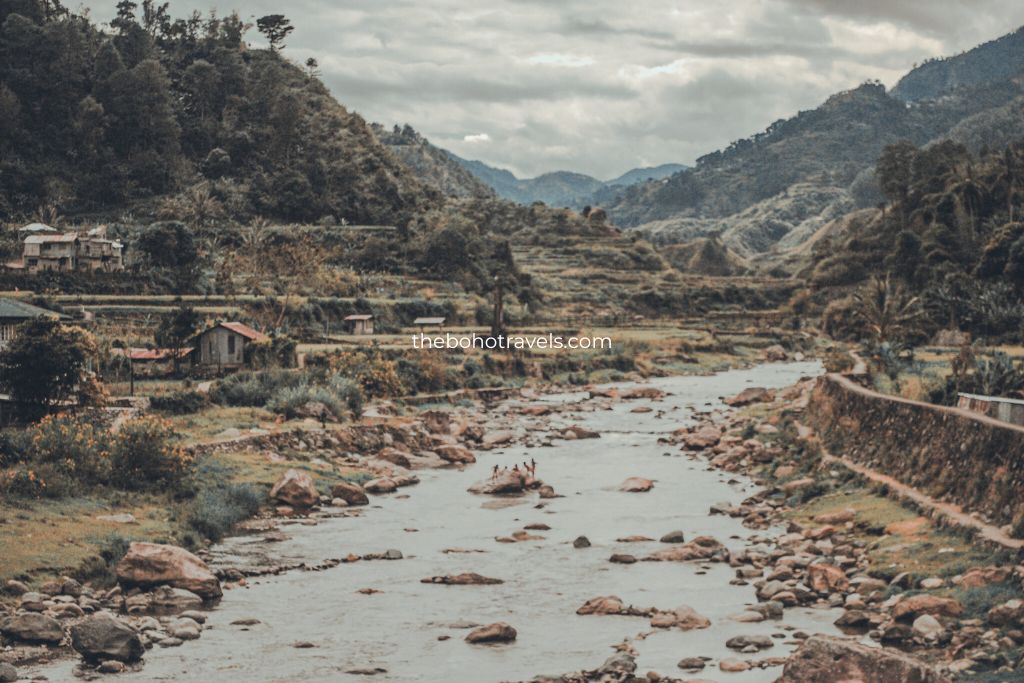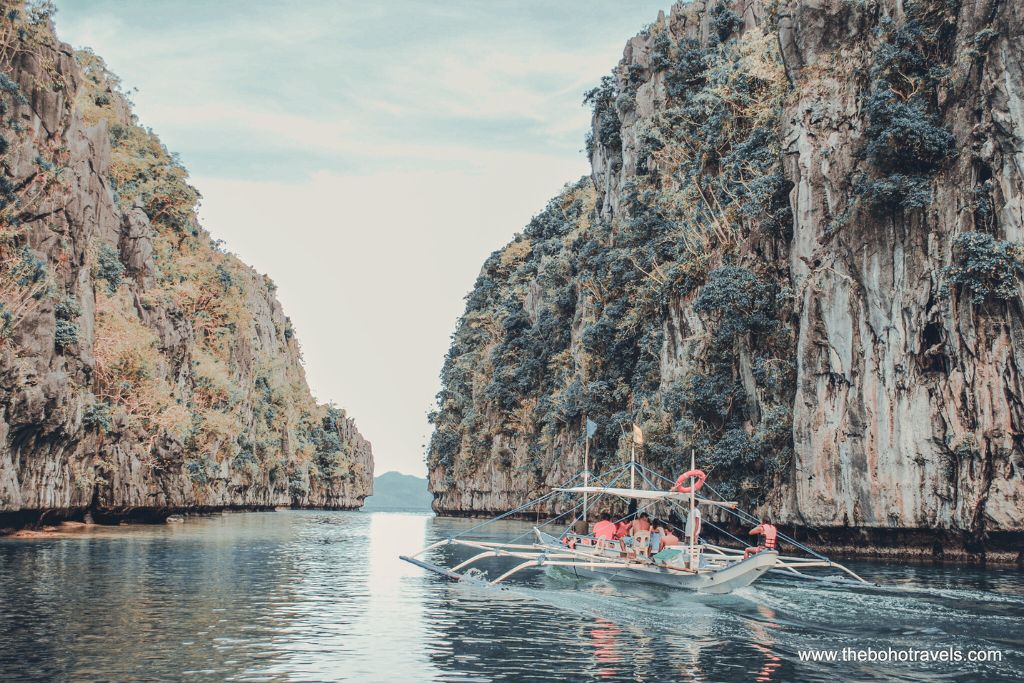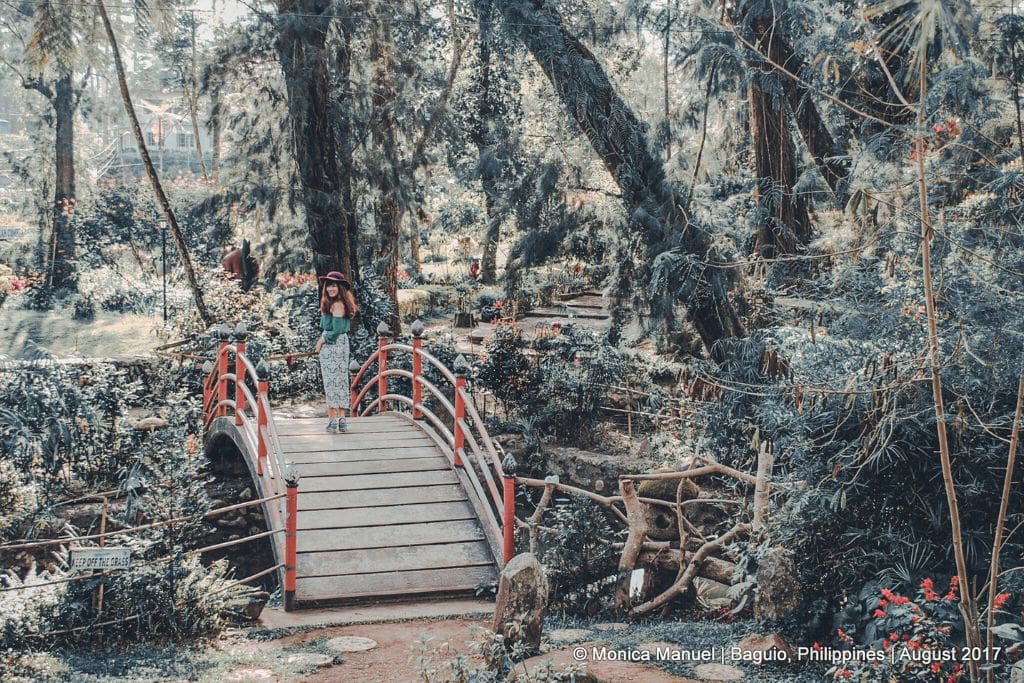Is the Philippines worth visiting in 2024?

Planning a trip to Southeast Asia and wondering – is the Philippines worth visiting?
The Philippines has captured the hearts of people from all over the world. And deservedly so!
Probably best known for the gorgeous beaches of Boracay, El Nido, and Panglao, the Philippines is also home to world-class diving spots, majestic mountains and volcanoes, and other world-famous natural wonders. But is the Philippines actually worth visiting?
I’ve traveled around the Philippines and visited most countries in South East Asia. And I understand if you’re wondering if you should include visiting Philippines in your itinerary when you’ve already visited other South East Asian countries.
So, read on as I endeavor to peel the layers of the Philippines’ unique charm. By the end of this blog post, you will have an answer to the question: Is the Philippines worth visiting?
📝 Planning a trip to the Philippines? Use my favorite resources.
✈️ Flights: Book with Airasia (budget flights in Asia), Trip.com, or WayAway [BONUS: Get cashback for flights, accommodations, car rentals, tours with WayAway Plus]
🛋️ Lounge Access: Get Priority Pass
🛌 Hotels & Accommodation: Book with Booking.com, Agoda (popular in Asia), Hostelworld (budget accommodations)
🏞️ Tours & Activities: Book with GetYourGuide (immersive experiences), Klook (popular in Asia), Viator
🚖 Airport Transfers: Grab (when available)
🗺️ Getting around: Google Maps
🚂 Trains, Buses, and Sea Ferries: 12go
🚗 Car Rentals: Discover Cars
🛜 Sim Card: Airalo
📁 Visas & Other Travel Documents: iVisa
🩺 Travel Medical Insurance: SafetyWing
*These are all travel resources I personally use for planning and booking my trips. If you use them, some of them will earn me a commission at no extra cost to you. This helps reduce the ever-increasing costs of keeping my site up. Thanks!
Is the Philippines worth visiting in 2024?
The Philippines is definitely worth visiting. Whether you’re an adventure seeker, looking for a relaxing vacation, or an off-the-beaten-path traveler, you’ll find something that interests you in the country.
Why should tourists visit the Philippines?
Here are reasons why the Philippines is worth visiting and why tourists should visit the this beautiful country.
1. The Philippines has gorgeous beaches and world-class dive spots.
If you love gorgeous beaches, then you’d find that the Philippines is worth visiting.
With its almost all-year-round warm weather, you’d love lounging at the powdery white sand beaches and swimming in the clear waters of Boracay, Bohol, and Palawan. You can also go on a diving excursion to the world-class dive spots in Palawan, Cebu, and Batangas or surf the waves in Siargao, Baler, and La Union.

2. The Philippines is home to world-renowned natural wonders.
Visit UNESCO World Heritage Sites – Tubbataha Reefs in Palawan, Cordillera Rice Terraces in Ifugao, and Puerto Princesa Subterranean River – and see the curious Chocolate Hills in Bohol.
If you enjoy exploring world-famous natural wonders, then the Philippines is worth visiting.
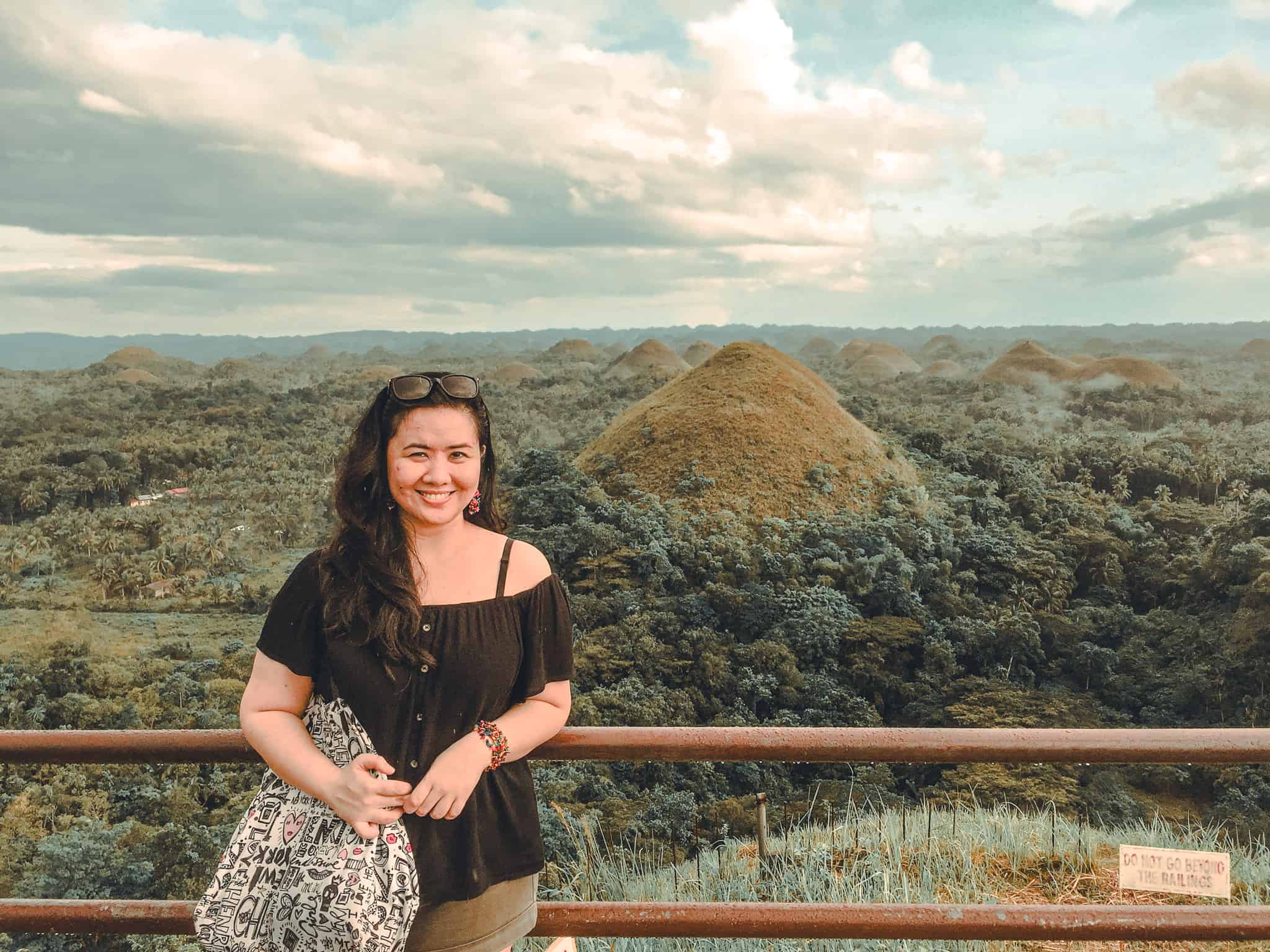
3. The Philippines has stunning mountains and volcanoes.
You can also hike up some of the Philippines’ breathtaking mountains: Mt. Apo in Davao, Mt. Pulag in Benguet, and Mt. Pinatubo in Zambales. Or see its majestic volcanoes: the perfect-cone-shaped Mayon Volcano in Albay, the smallest active volcano in the world—Taal Volcano—in Batangas, and Mt. Pinatubo (whose eruption in 1991 was the second largest volcanic eruption in the 20th century) in Zambales.
These are some of the reasons why the Philippines is worth visiting.
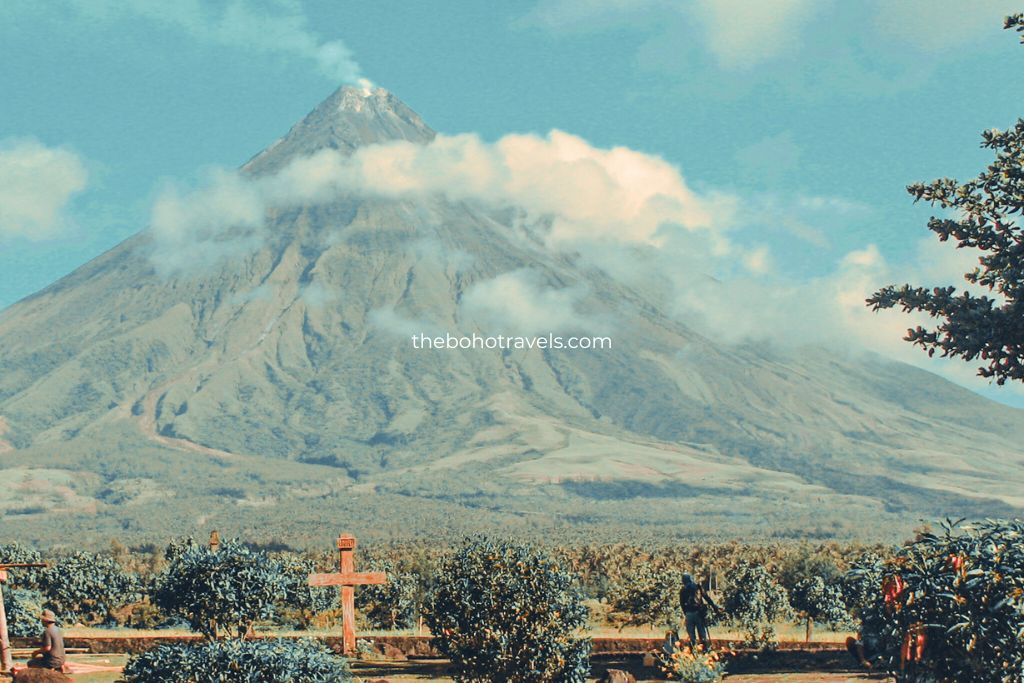
With its many pristine beaches, natural wonders, and breathtaking mountains, the Philippines is indeed a beautiful country.
But the Philippines is more than its beaches and natural resources.
4. The Philippines has vibrant art & culture.
If you’re interested in art and culture, drive up the mountainous town of Baguio (a UNESCO Creative City), get a traditional Kalinga tattoo from Apo Whang-od, stay with a T’boli family in South Cotabato, or meet the elusive Eskaya tribe in Bohol.
Learning more about the country’s vibrant art and culture is one of the reasons why the Philippines is worth visiting.

5. The Philippines has a rich colonial history.
For history lovers, you’d enjoy strolling the streets of Intramuros and Vigan, or visiting the Baroque churches of the Philippines in Manila, Ilocos Sur, Ilocos Norte, Iloilo, and Western Visayas.
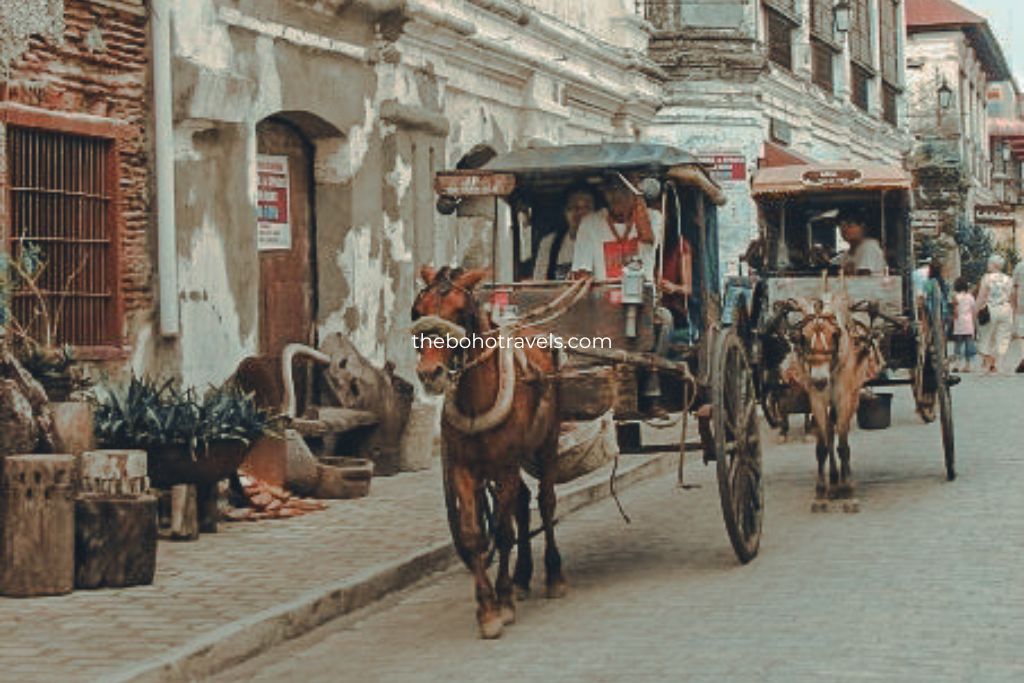
6. The Philippines has delicious Filipino cuisine.
If you’re a foodie, then I think you’d see that the Philippines is worth a visit.
You can go on a culinary adventure and try some of its exotic foods, like balut, dinuguan, and sisig, to name a few. Or, taste the best local dishes in Pampanga, Cebu, Iloilo, Bicol, Ilocos Sur, Bacolod, and Davao.
7. And on top of all these are the people.
Filipinos are the most welcoming bunch. They will greet you with a smile. They will try their best to help you if you need any assistance. Some of them will even welcome you into their homes, or invite you to attend their weddings (even if they’ve never met you before)!
Experiencing Filipino hospitality is one of the reasons why the Philippines is worth visiting.
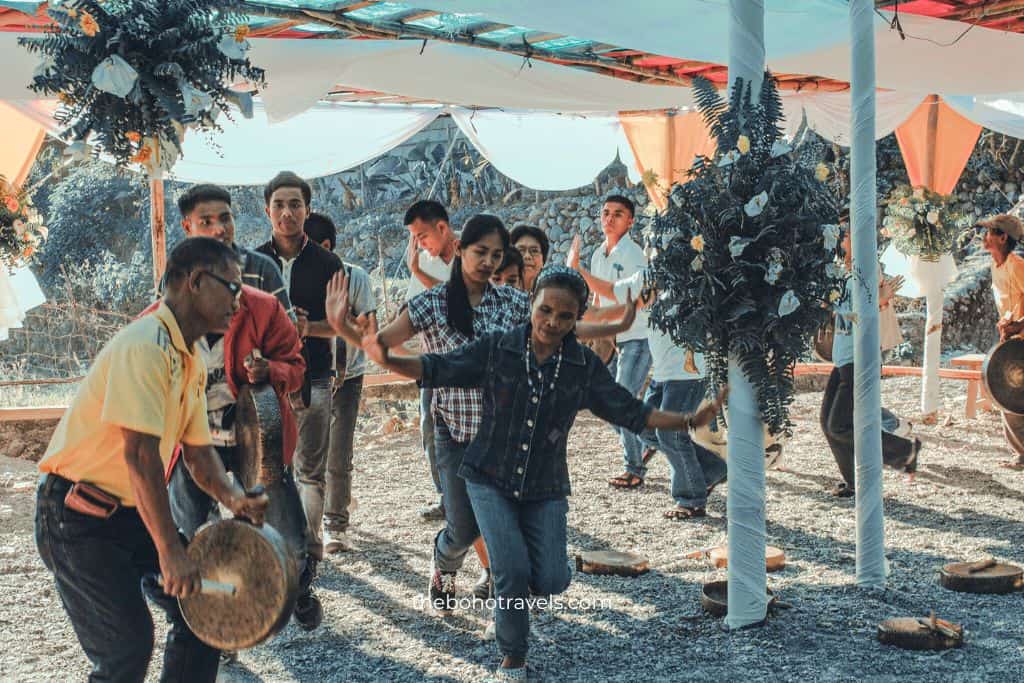
So, is the Philippines worth visiting? Short answer: YES, definitely, it is!
What makes the Philippines unique in the world?
✔️ The Philippines has 7641 islands, making it one of the largest archipelagos in the world.
✔️ It’s home to several world-renowned natural wonders, like the Tubbataha Reefs Natural Park (a UNESCO World Heritage Site), the Ifugao Rice Terraces (built by ancestors 2000+ years ago), Mount Hamiguitan World Heritage Park (that serves as a sanctuary to host critically endangered trees, plants, and the Philippine Eagle and Philippine Cockatoo), Great Santa Cruz Island (an inhabited island in Zamboanga with pink coralline sand), the longest navigable underground river the Puerto Princesa Underground River, Chocolate Hills in Bohol, and the majestic Mount Mayon, to name a few.
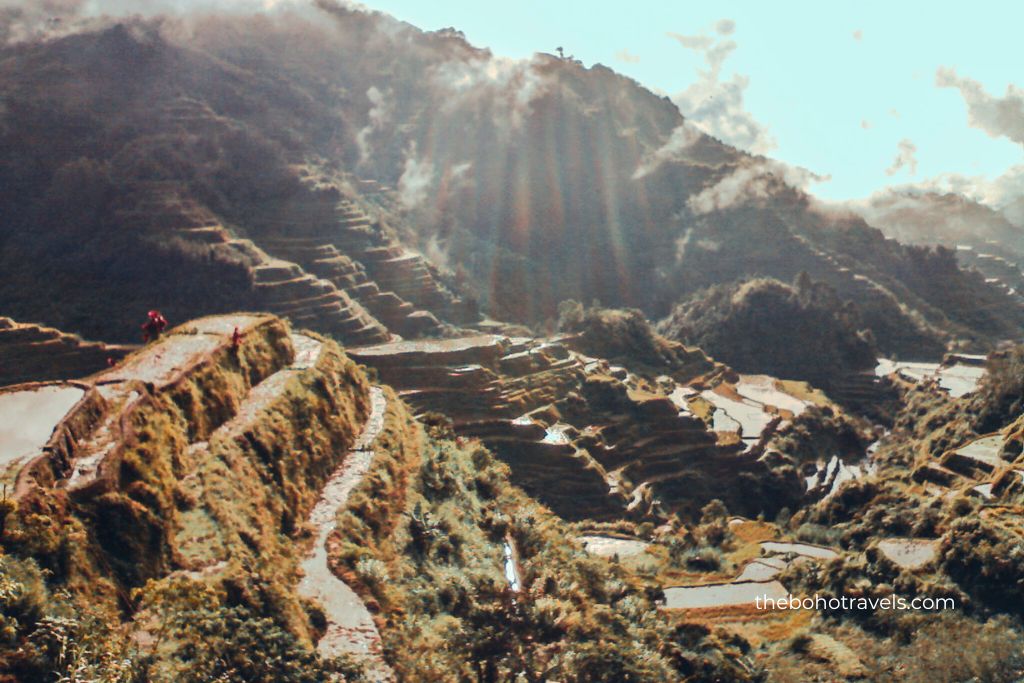
✔️ While the Philippines’ official language is Filipino (also what we call the people of the Philippines), there are over 170 dialects spoken throughout the country.
✔️ Also, most people in the Philippines can speak English. So, even if you don’t speak Filipino or know any of the dialects, you’d survive traveling in the Philippines with English alone.
✔️ The Philippines has unique public transportation, such as tricycles and jeepneys, which are also the primary modes of public transportation.
✔️ To top all this are the very friendly, hospitable, and welcoming Filipinos—regarded as some of the happiest people in the world.
How safe is the Philippines for tourists?
The Philippines is generally safe for tourists. But as with any other international tourist destination, you must exercise caution before deciding which places in the country to visit and even when you’re already at your destination.
From my experience, I felt safe in all the provinces I’ve visited in the Philippines, especially in Benguet (Baguio), Mountain Province (Sabangan and Guinaang), Ifugao (Banaue), Kalinga (Tabuk, Tinglayan, and Buscalan), Palawan (Puerto Princesa and El Nido), Aklan (Boracay), La Union (San Juan), and Bohol (Tagbilaran and Panglao), to name a few.

Many people warn against traveling to Mindanao, mainly due to the threat of terrorism. I’d have to say, though, that I’ve visited several provinces in Mindanao with a foreigner and, on other occasions, with other local tourists. And I felt safe in Bukidnon, Camiguin, Davao, South Cotabato, and Misamis Oriental.
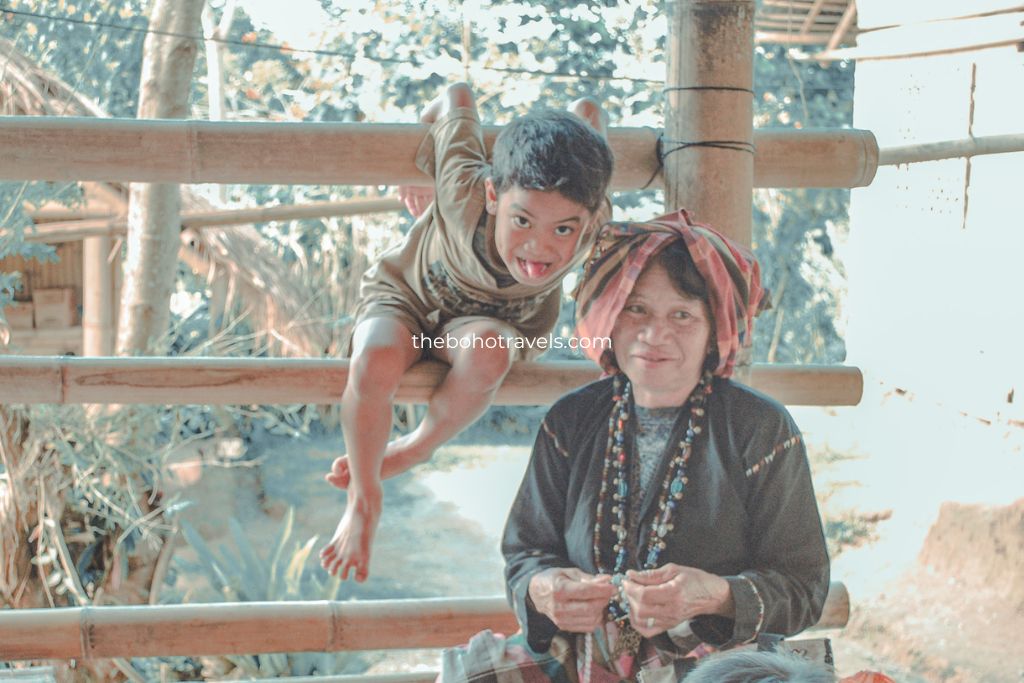
How many days are enough for the Philippines?
So, now that you know that the Philippines is worth a visit, how many days are then enough for visiting this beautiful country?
Well, it depends on what you want to do, where you want to go, and how far they are from each other. As I mentioned, the Philippines is an archipelago, so traveling from one location to another can take some time.
Five (5) days will be enough if you plan to stay only one night in Manila and then go to another tourist destination, like Boracay, Palawan, or Bohol. While relatively short, you’d still be able to experience at least two significant activities before returning to Manila to catch your flight to your next destination.
But if you have more days, that would be ideal. There are so many things you can do and experience in the Philippines, and if you have the flexibility to spend more days here, then I recommend that you do so.
Sample Philippine trip itineraries
I’ve had many trips within the Philippines, visiting different provinces at a time. Here are a couple of trips I’ve taken to inspire your itinerary.
14-Day Trip to Kalinga, Mountain Province, Bohol, Samar, South Cotabato
During these 14 days, we attended a traditional Kalinga wedding, hiked up to Buscalan so my friend could get her tattoo from Apo Whang-od, met the T’boli dream weavers in South Cotabato, met the Eskaya tribe and saw the Chocolate Hills in Bohol, and swam in the rocky beaches of Marabut and bought colorful weaved bags in Basey, Samar.

7-Day Bicol Trip
We also spent seven days driving to and around Bicol. During these seven days, we swam with whale sharks in Donsol (Sorsogon), bathed in a hot spring at the foot of Mt. Isarog in Naga (Camarines Sur), did island hopping in Caramoan (Camarines Sur), and saw the majestic Mt. Mayon in Legazpi (Albay).
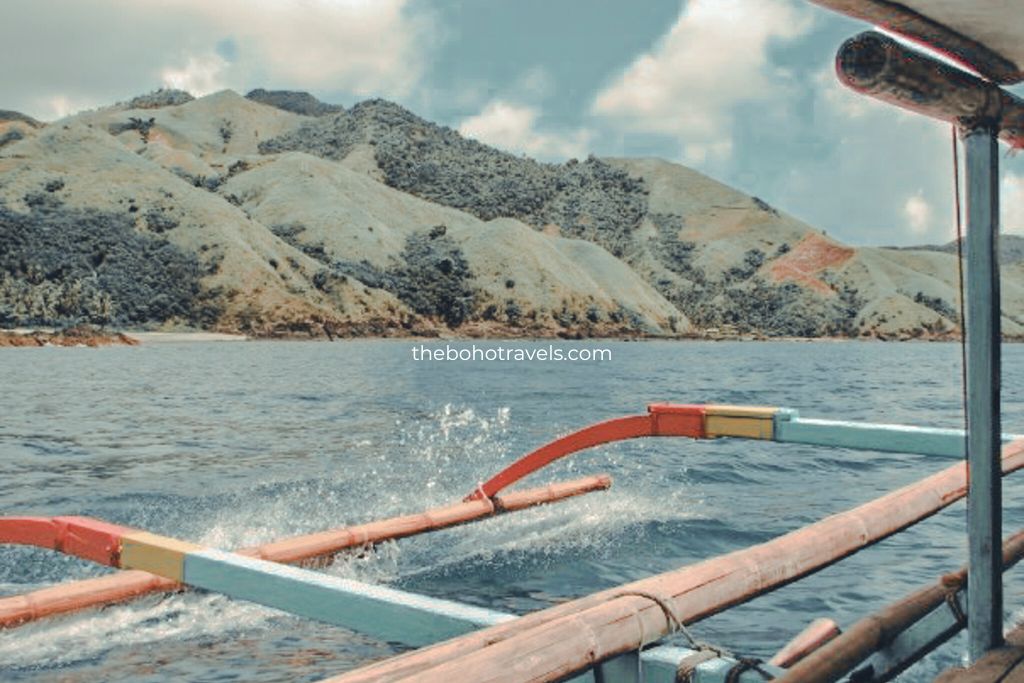
When’s the best time to visit the Philippines?
So, you now have the answer to the question, “Is the Philippines worth visiting?” When then is the best time to visit the country?
The best time to visit the Philippines is between January to March. During this time, temperatures are tolerable, especially for those not used to heat and humidity.
January to March
Some major activities that happen during this period are:
January 9: The Feast of Black Nazarene (Manila, Metro Manila) – Millions of devotees worldwide head to Quiapo to join the procession.
Third Sunday of January: Sinulog Festival (Cebu City, Cebu) – 1 to 2 million people celebrate the biggest festival in Cebu to honor the Santo Nino (Child Jesus). Attend the Grand Street Parade and witness local dancers dressed in colorful and beautiful outfits and wearing face paints perform the dance ritual accompanied by drums, trumpets, and native songs.
Experiencing attending a lively festival in the country is one of the reasons why the Philippines is worth a visit.

Third week of January: Ati-Atihan Festival (Kalibo, Aklan) – The Philippines celebrate the Ati-Atihan Festival to honor the Santo Nino and to commemorate the peace pact between two warring tribes in the 13th century. The Atis are the aboriginal natives who once inhabited Aklan. Ati-atihan means making like Atis. Attendees often paint their faces black and wear costumes inspired by Ati traditional clothing, characterized by colorful and intricate patterns, feathers, beads, and other decorative elements.
February: Panagbenga Festival (Baguio City, Benguet) – The word “panagbenga” originates from the word in Kankanaey (the language of the Kankanaey people, indigenous peoples in Northern Philippines and part of the collective group of indigenous people known as Igorot) that means “season of blooming.” The Panagbenga Festival is a month-long festival showcasing Baguio’s and the Cordilleras’ blossoming flowers and rich culture. During the Fluvial Parade, you’d see huge floats decorated by gorgeous blooms harvested from Baguio and the Cordilleras.
March to June
April to June are considered summer months in the Philippines. Local tourists also flock to the country’s many beach destinations, such as Palawan, Boracay, Siargao, La Union, and Zambales, as well as cooler places like Baguio, Tagaytay, Sagada, Banaue, Lake Sebu, and Itbayat.
Enjoying the paradisiacal beaches of the country is one of the reasons why the Philippines is worth visiting.
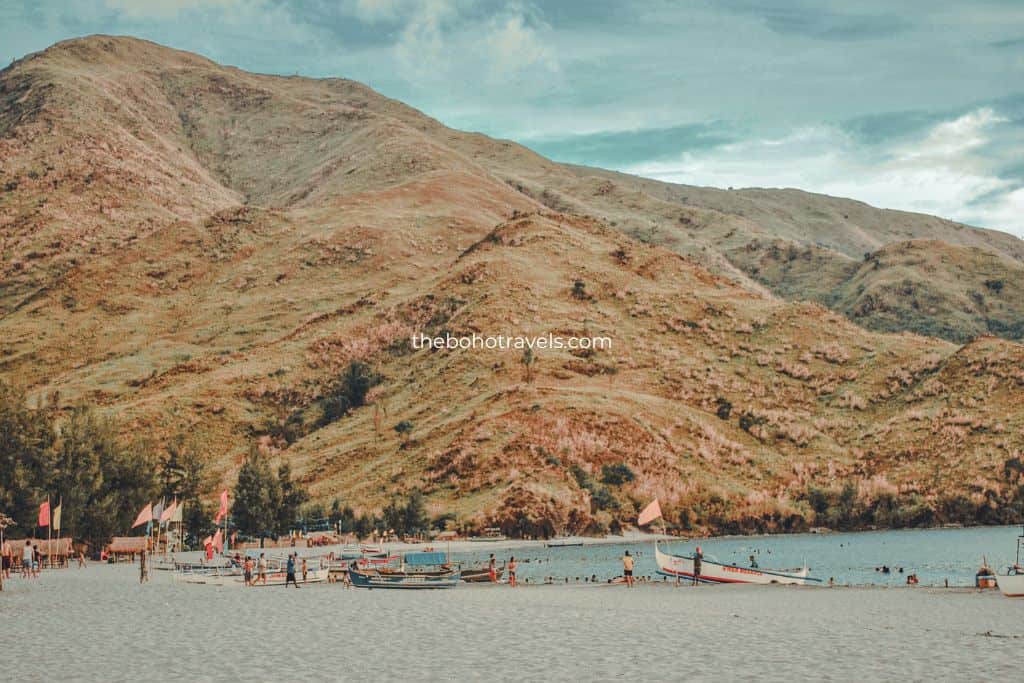
July to October
Typhoons usually hit the Philippines from July to October. Torrential rains, thunderstorms, and flooding may cause flight cancellations or rescheduling.
💡 Pro Tip: Check the weather forecasts before your trip. I’ve visited the beautiful beaches of Palawan and Boracay in July and August and had sunny weather throughout my trip.
Considered as off-peak season, flights and hotel rates tend to be lower during this period.
During this time, you can head to Siargao to surf or go island hopping. You can also attend the Kadayawan Festival in Davao City to watch street parades and dances or the Masskara Festival in Bacolod City.
November to December
November to December is the holiday season. You’d already see Christmas decorations in most houses and establishments as early as October.
Catch the Higantes Festival (where you’ll see giant paper effigies) in Rizal, enjoy the cold weather in Baguio, or take a trip to see the Banaue Rice Terraces in Banaue.
Is the Philippines worth visiting even if you’ve already seen Thailand?
Yes, the Philippines is worth visiting even if you’ve already seen Thailand.
I live in the Philippines, and I’ve been to Thailand a few times. I think the two countries offer different things.
While both are in South East Asia, they are different in terms of local food, language (most, if not all, people can speak at least basic English), and gorgeous beaches (there’s the famous Boracay, Palawan, and Bohol, but there’s also the off-the-beaten-path beach destinations, like Camiguin, Calaguas, Siquijor, and Zambales). The Philippines also has a very colorful indigenous culture. And very friendly, welcoming, and hospitable people.
These are some of the reasons why I think the Philippines is worth visiting even if you’ve already seen Thailand.
What is famous in the Philippines to buy
If you’re looking for souvenirs and gifts to bring back home, you might want to consider the Philippine pearls, wooden handicrafts, festival masks, banigs (weaved mats), indigenous weaves and fabrics, colorful guitars, dried mangoes, ube jam, and local coffee beans.
💡 Pro Tip: If you love unique designs, then it’s worth checking out the Philippines’ indigenous weaves.
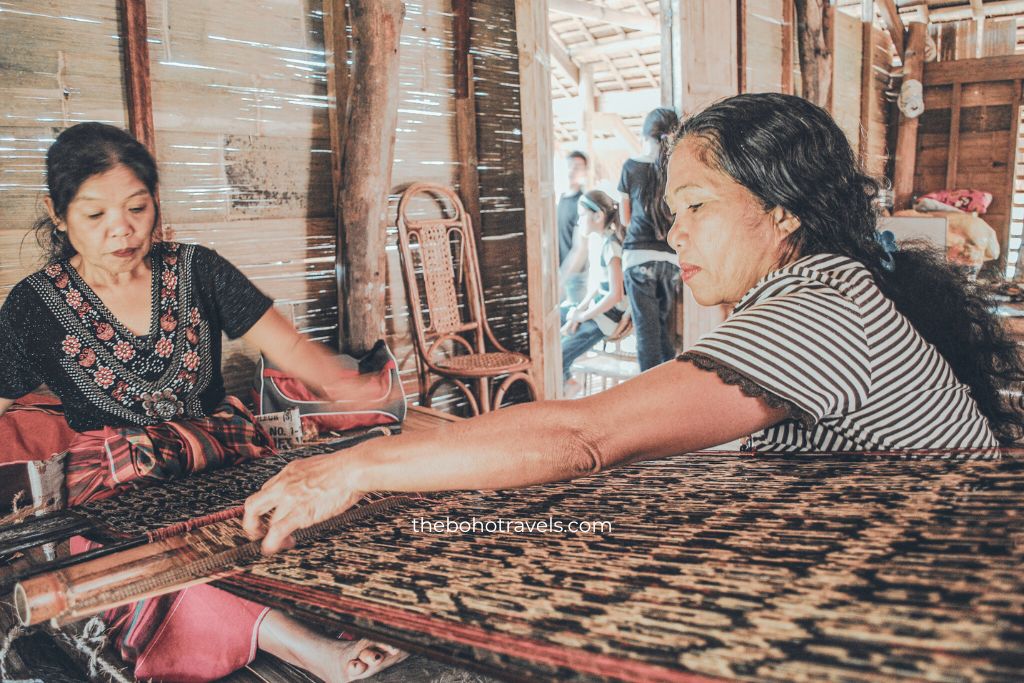
Conclusion: Is the Philippines worth visiting?
The Philippines is undoubtedly worth visiting. With its famous and off-the-beaten-path beach destinations, scenic landscapes, vibrant culture, delicious Filipino cuisines and unique street foods, and the warm and welcoming Filipinos, you should definitely include the Philippines in your itinerary the next time you head to South East Asia.
That’s it! Thank you for reading this far. I hope this article gave you the answer to the question, “is the Philippines worth visiting?” If you want a customized Philippine itinerary, or if you have any questions, please feel free to contact me. I’d be happy to assist!

